The Speed Project DIY: radical representation creates radical participation
Team BIPOC RUNNERS saw a major outpouring of support for the run
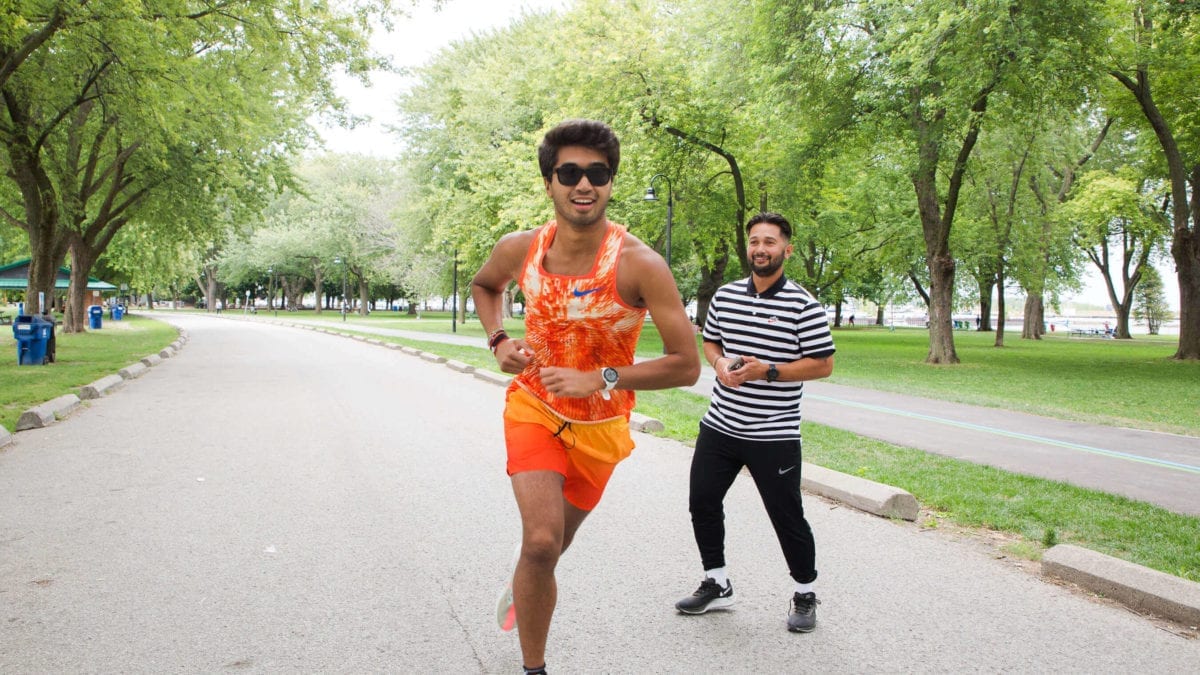 Photo by:
Josh Tenn-Yuk
Photo by:
Josh Tenn-Yuk
The race began promptly at 7 a.m., but we sat still. The five of us huddled in Toronto’s Coronation Park were intoxicated by the pre-race jitters we hadn’t felt for such a long time, while our sixth teammate, Fatma Ramadan, laced up her shoes in Abu Dhabi to kick off our journey into the void. This was TSP:DIY, the virtual version of The Speed Project, in which teams of six run for 31 hours and 15 minutes (the Speed Project’s Los Angeles-to-Vegas course record) on the weekend of September 5 and 6. This demands a level of discipline and steadiness that a daily run simply can’t ask of you. It forces us to look deep within ourselves and to stand firm when our bodies beg us to retreat into comfort.
RELATED: All-BIPOC Speed Project team set to race virtually
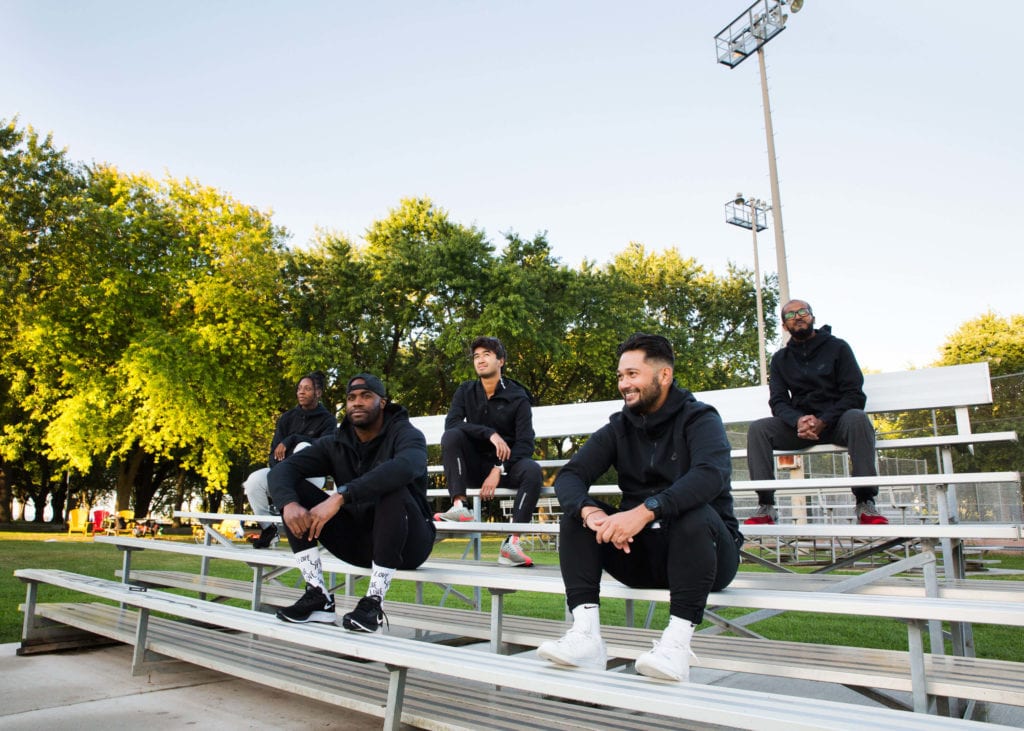
We had a mission to showcase running in the BIPOC community by pitting ourselves against the extreme demands of the The Speed Project. Representation was the image we wanted to paint and TSP was our canvas.
We are Fatma, myself, Aaron Anupol, Kahle Richardson, Vince Kuber and Ekua Cudjoe.
As soon as Fatma finished her first leg, the miles came quickly. We poured on the pace and did so with smiles on our faces. From Aaron to me, then Kahle, then Vince, then Ekua and back to Fatma, we cycled through our order methodically. Pain, anguish, aches and strains were there, but the real story on this day wasn’t the kilometres we ran and the personal suffering we endured, but the image we created.
RELATED: Sprinter Sam Effah on running while Black
https://www.instagram.com/p/CEkPfp5HahI/
Running is still white – too white. There is a line in Jordan Peele’s Get Out where Daniel Kaluuya says “All I know is sometimes, if there’s too many white people, I get nervous. You know?” That is a major barrier to people seeing themselves in the sport; in marathons, in 5K local road races, and even in famous relay races like The Speed Project. When the space isn’t meant for you, doesn’t cater to you and no one looks like you, it won’t draw you in. It makes you uncomfortable.
You see, running was always for us. Running was built into our cultures. It was a way of life, a way of survival, a way to track food and to move across the land swiftly. But somewhere along the way colonization, enslavement, and erasure destroyed our way of life. I’m a descendant of the Aetas Luzon peoples, the original inhabitants of the Luzon region of the Philippines known for their hunter-gatherer methods; to run across the land was intuitive. African tribes were the first to utilize their legs and lungs to outlast their prey. Arab nomads used their legendary endurance to navigate the desert, never settling in one place for too long, instead relying on their legs. We have all heard the stories of the Raramuri people (also know as the Tarahumara). Running was synonymous with how BIPOC folks lived their lives. But, suddenly, like a corny parlour trick, running was rebranded and rebuilt as a sport for the white middle class. Running was no longer synonymous with us.
We want to change that.
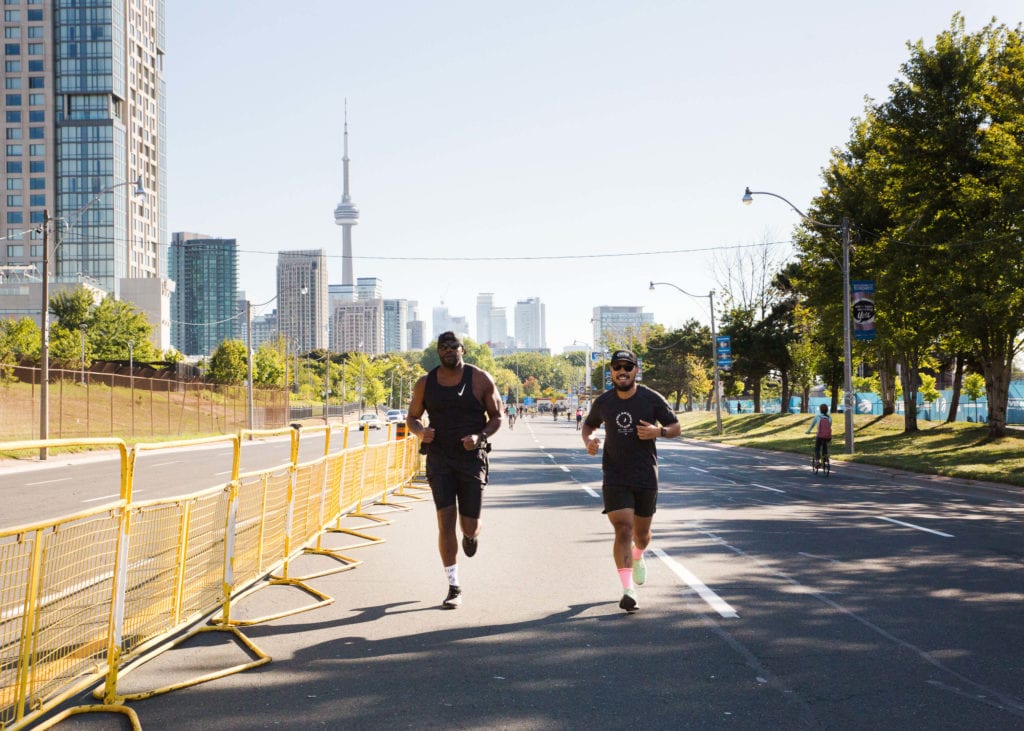
Running has always been for us, but due to systemic inequalities, participation and inspiration dwindled. Health and running were luxuries, not necessities.
Regardless of race, we all know that feeling. Throughout our 31 hours and 15 minutes, you could see how charming and alluring this group of people are. We had the idea of creating radical representation, an all-BIPOC team, and with that, we drew in radical participation. We had many BIPOC folks join us on the day and reaching out to us on social media, supportive texts were being sent in, and we saw a major outpouring of BIPOC runners and non-runners standing with us on the day.
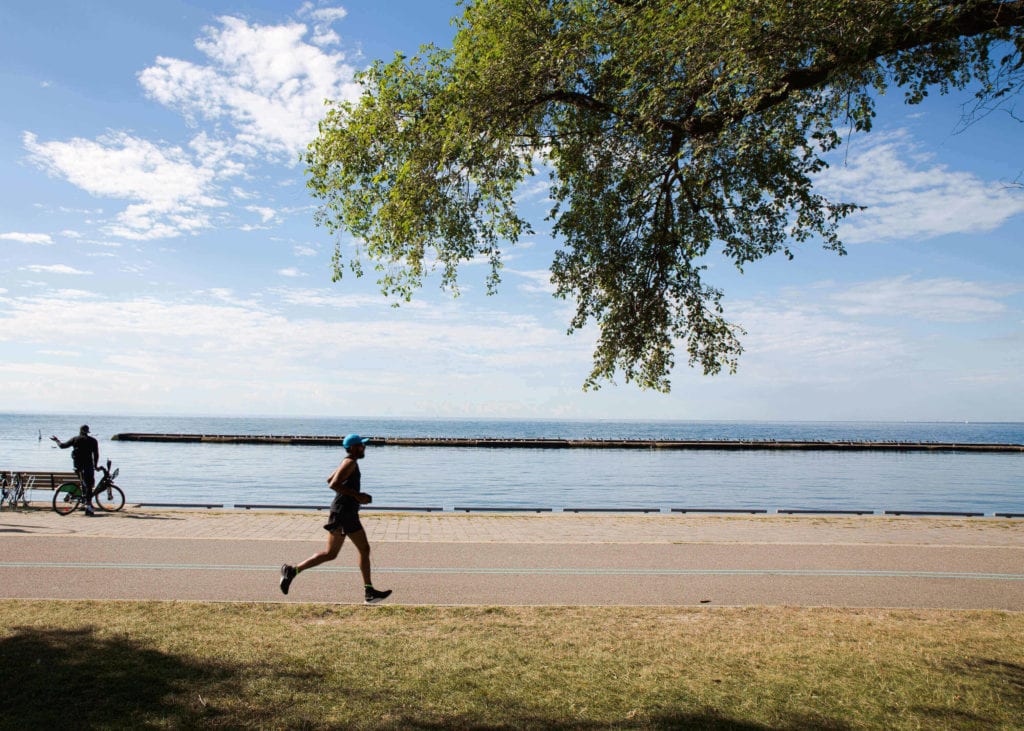
That purposeful mission is what propelled us throughout the moments in the night when I truly didn’t know if we would be able to finish this race. Every time we felt defeated, the village of running, most notably BIPOC runners, would descend upon us like a second wind. They ran with us, they made us laugh, they took videos of us, and they joined us on reckless paces all the way to the end.
https://www.instagram.com/p/CE19VoDnnda/
As I reflect on the euphoria of the race, I’m reminded that running can be so special and can play its part as a vehicle for social change. I knew we were successful in what we set out to do when we kept hearing the same phrase repeated throughout the two days: “Let’s sign up next year – we have to do this!” Sometimes you need to see it to be it.
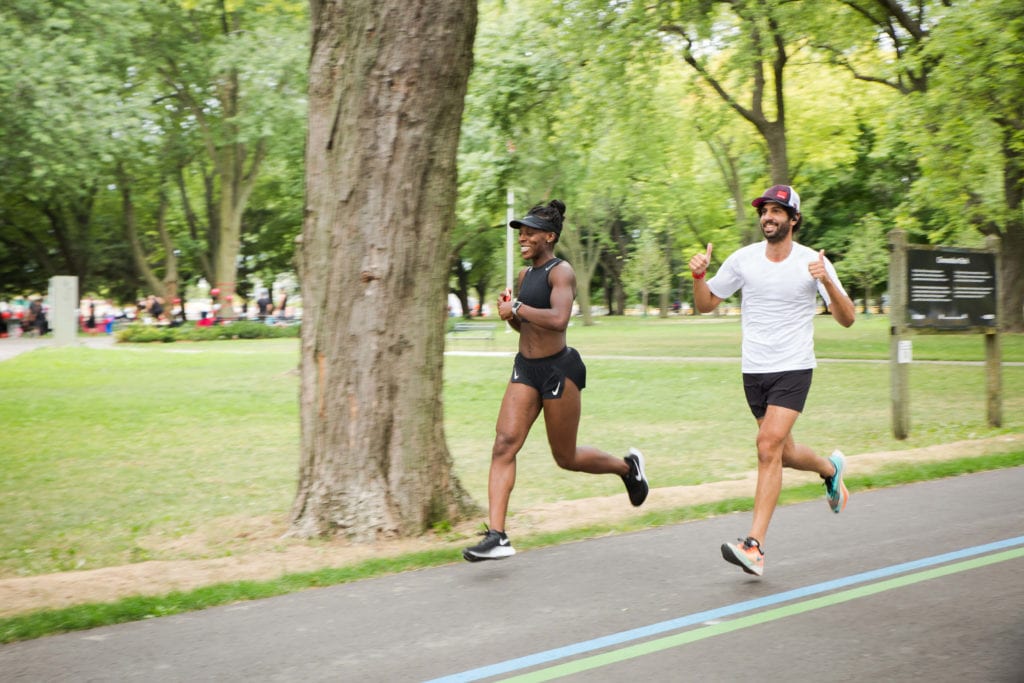
I want to be clear that representation is only a small step in creating equity within running, and there are many barriers that continue to perpetuate the lack of accessibility and participation within running, including, but not limited to: cost, location, routes, heteronormative expectations, systemic racism and systemic inequality. Say it out loud with me: running does not exist in a vacuum.
Nevertheless, as American photojournalist Jacob Riis states (who documented tenement life in his book How The Other Half Lives), “Look at a stonecutter hammering away at his rock, perhaps a hundred times, without as much as a crack showing in it. Yet at the hundred-and-first blow it will split in two, and I know it was not the last blow that did it, but all that had gone before.”
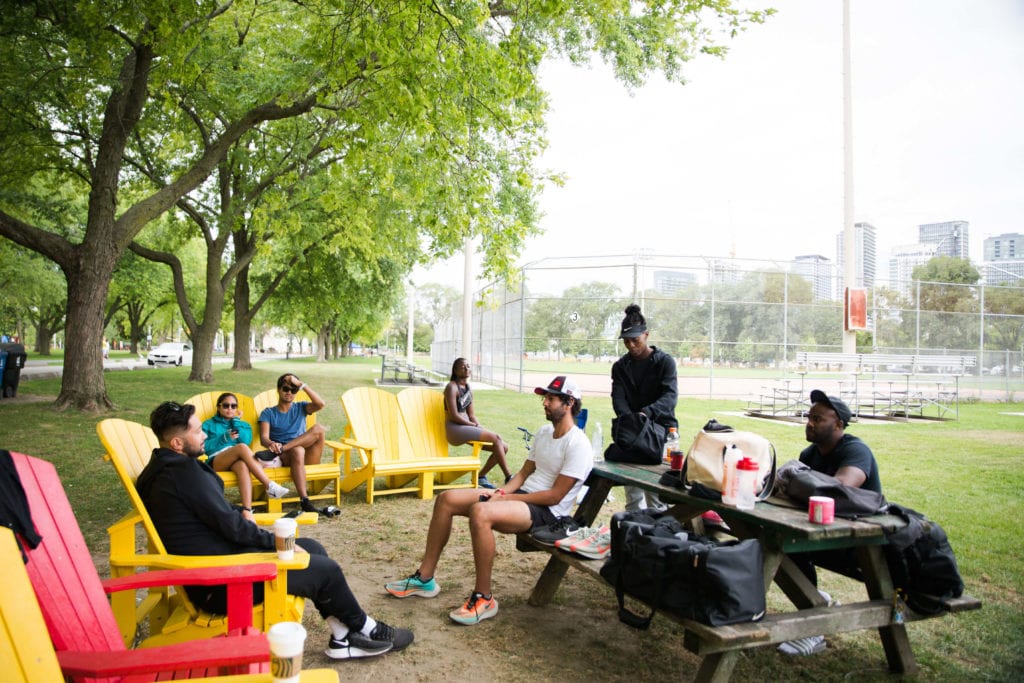
Every run is a drop in the bucket.
Full results of TSP:DIY can be viewed here.


